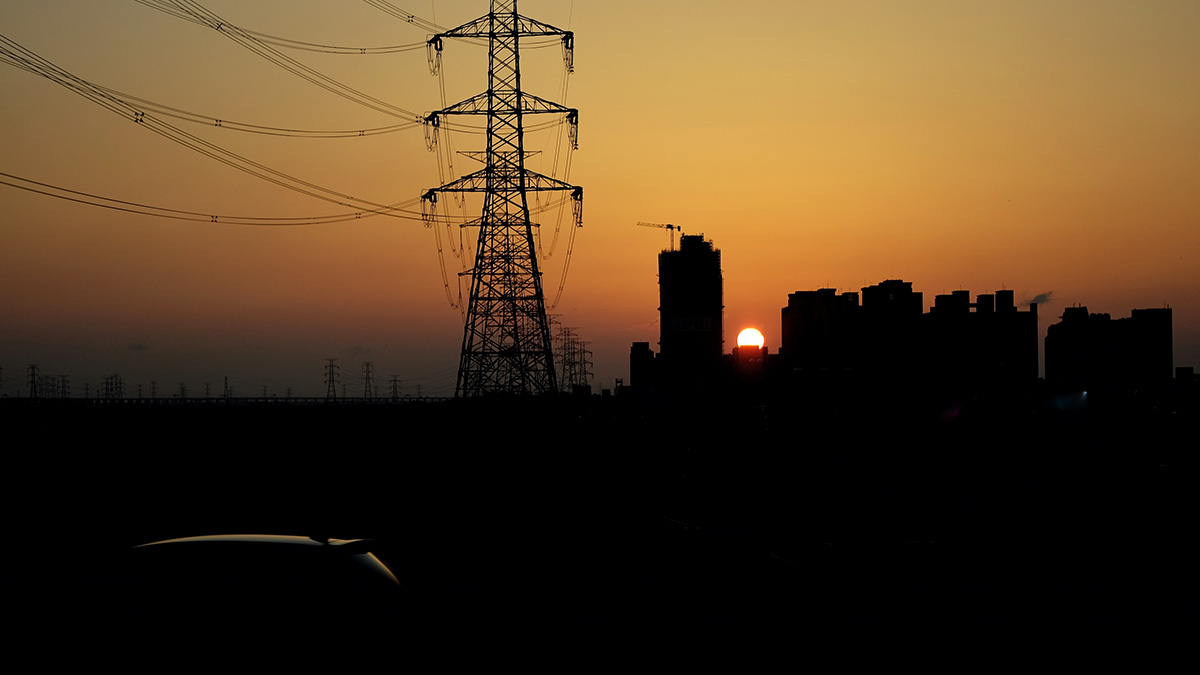News
Investments in grid resilience are the best blackout prevention

24 June 2025
Last week the Spanish Government published the results of their investigation into the 28 April Iberian peninsula blackout. They show that power oscillations were the initial cause of the blackout. The investigation does not say what triggered these oscillations. But it highlights one key lesson: to meet its energy security, competitiveness and climate neutrality goals, Europe urgently needs to invest in smarter and more resilient electricity grids.
On 28 April the Iberian peninsula experienced a widespread blackout. It was caused by power oscillations. Red Eléctrica de España (REE), the Spanish system operator, had previously handled similar and more severe oscillations. But the measures REE deployed on 28 April did not prove adequate, which resulted in overvoltage conditions across Spain. For protection reasons, several power plants had to disconnect, as per technical rules.
To prevent such major incidents in the future, Europe urgently needs a smarter and more resilient electricity system.
This includes reinforced electricity grids, more cross-border interconnection capacity, and an improved regulatory framework. Europe quickly needs to scale up such investments – based on adequate cost-benefit analysis and realistic considerations about technology readiness. In doing so, Europe should rely on ready-to-deploy grid stabilisation and digitalisation technologies and electricity storage – rather than imposing unrealistic short-term technical requirements on generators of renewable electricity. In parallel Europe needs to decisively accelerate the electrification and decarbonisation of its economy with more wind energy.
On 19 June, the European Parliament adopted a report that urges to invest in electricity grids – as strategically and efficiently as Europe invests in renewables. But better regulatory support and market incentives are required to ramp up investments in ready-to-deploy grid stabilisation technologies, such as synchronous condensers, static synchronous compensators and grid optimisation overall. Countries like Ireland and the UK are have established markets for procuring system stability services. These markets give the right market signals for such investments.
Modern wind farms can also play a stabilising role in voltage and frequency support. They provide a good framework for ancillary services. Full grid-forming capabilities with wind turbines are achievable. But only several years from now. System operators could enable them if they provided the right market signals.
Wind turbines co-located with other forms of renewable generation or batteries also hold huge potential. Unfortunately, outdated market rules and regulatory uncertainty have been holding their necessary deployment back for several years now. And the recent postponement of the EU Grid Connection Network Codes revision is not helpful. It can prompt national TSOs to set their own rules, resulting in a patchwork of unharmonized rules – at a time when Europe needs clear and realistic technical requirements.

